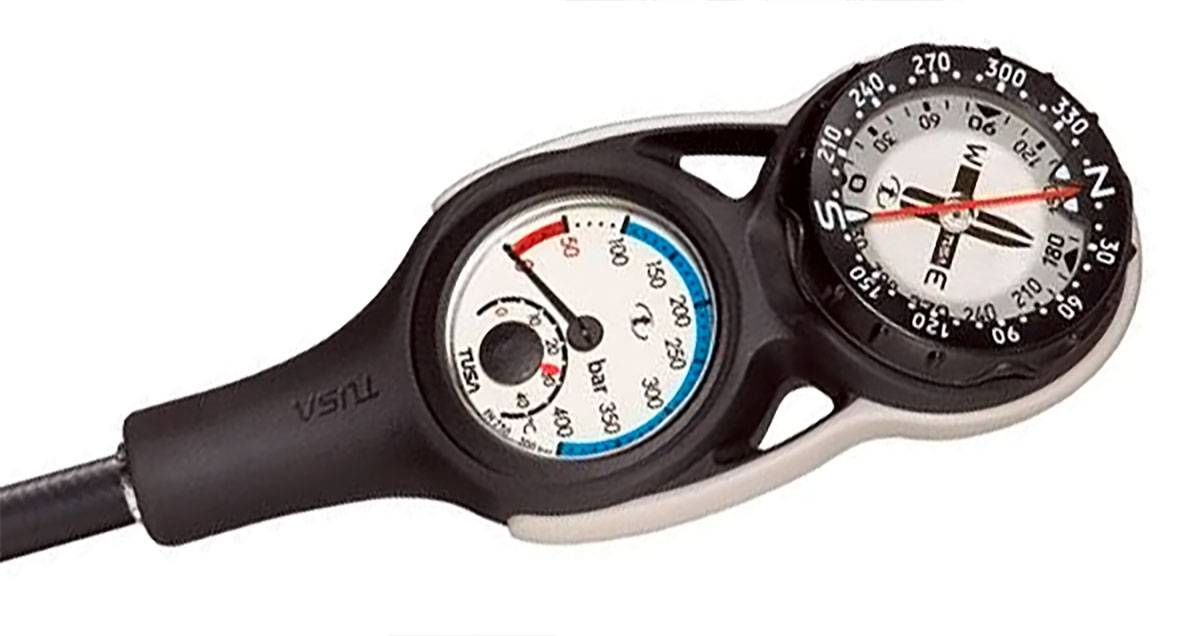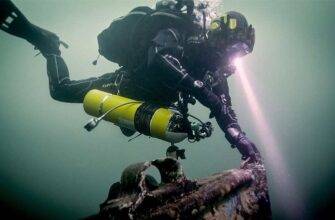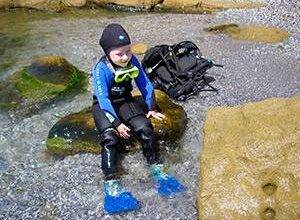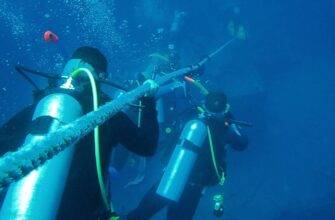
The dive pressure gauge allows you to constantly check the air supply in the scuba tank during your dive, much like the fuel gauge in your car tells you when you have gasoline available. The dive pressure gauge shows you how much air you have at the beginning and during the dive, allowing you to plan your dive to return to your starting point without running out of air.
An underwater pressure gauge is a must-have piece of equipment for all scuba divers.
Similar to the fuel gauge in a car, the underwater pressure gauge is a passive instrument: you must make a habit of looking at it from time to time to make it worthwhile. Develop the habit of checking the underwater pressure gauge reading regularly when diving.
Although all underwater pressure gauges have this bottom purpose, there are several basic types and design features. They range from simple pressure gauges that show air pressure in the cylinder to electronic devices that include other gauges.
Since the pressure gauge is a mandatory piece of equipment, it should be purchased along with the regulator.
The pressure gauge is a precision instrument and must be handled with care. Avoid dropping it, hitting it against hard objects, and avoid placing cylinders or other heavy objects on it.
As the pressure gauge is always connected to the regulator, is to soak and rinse the regulator. When you return the regulator for service, be sure to ask the service technician to check the gauge as well.
Marking of the equipment
You should mark all personal equipment with special dive markers so that it can be easily distinguished. Markings can be made with, among other things, marking paint, wax pencils or brightly colored tape.
Read More:




